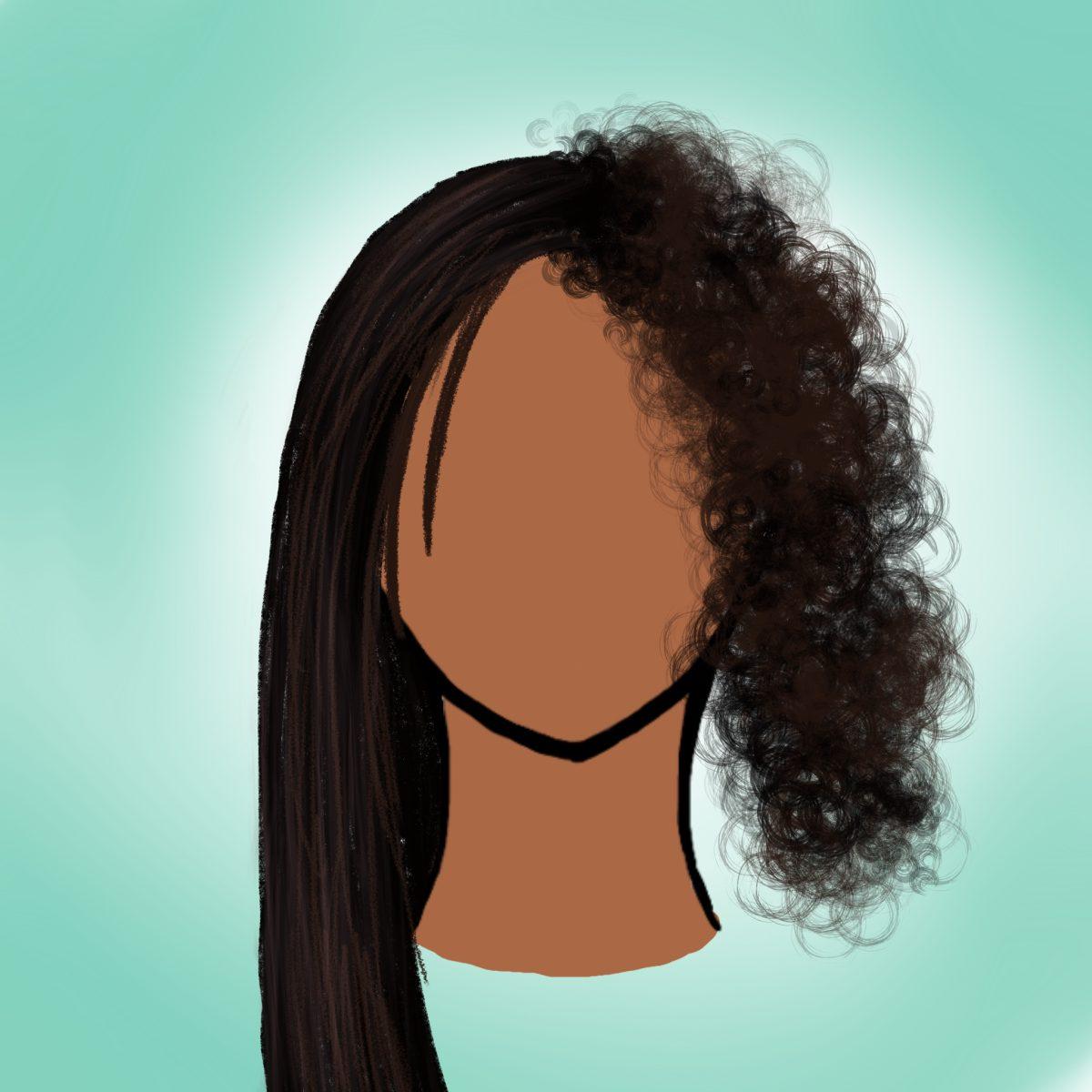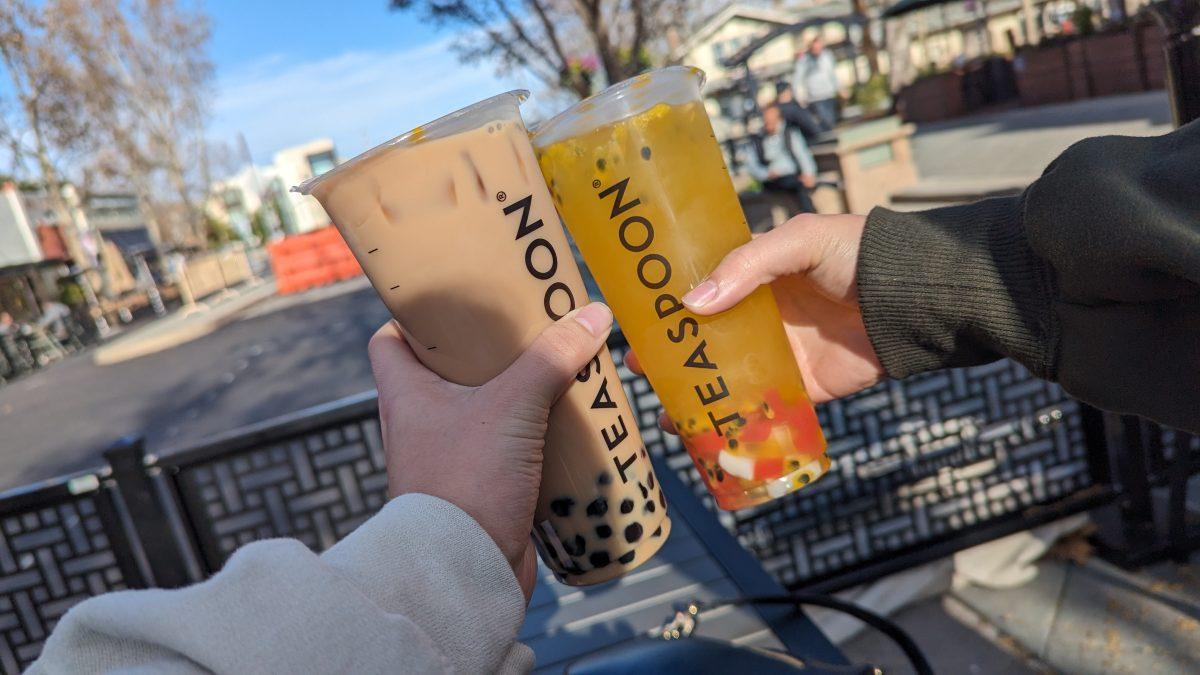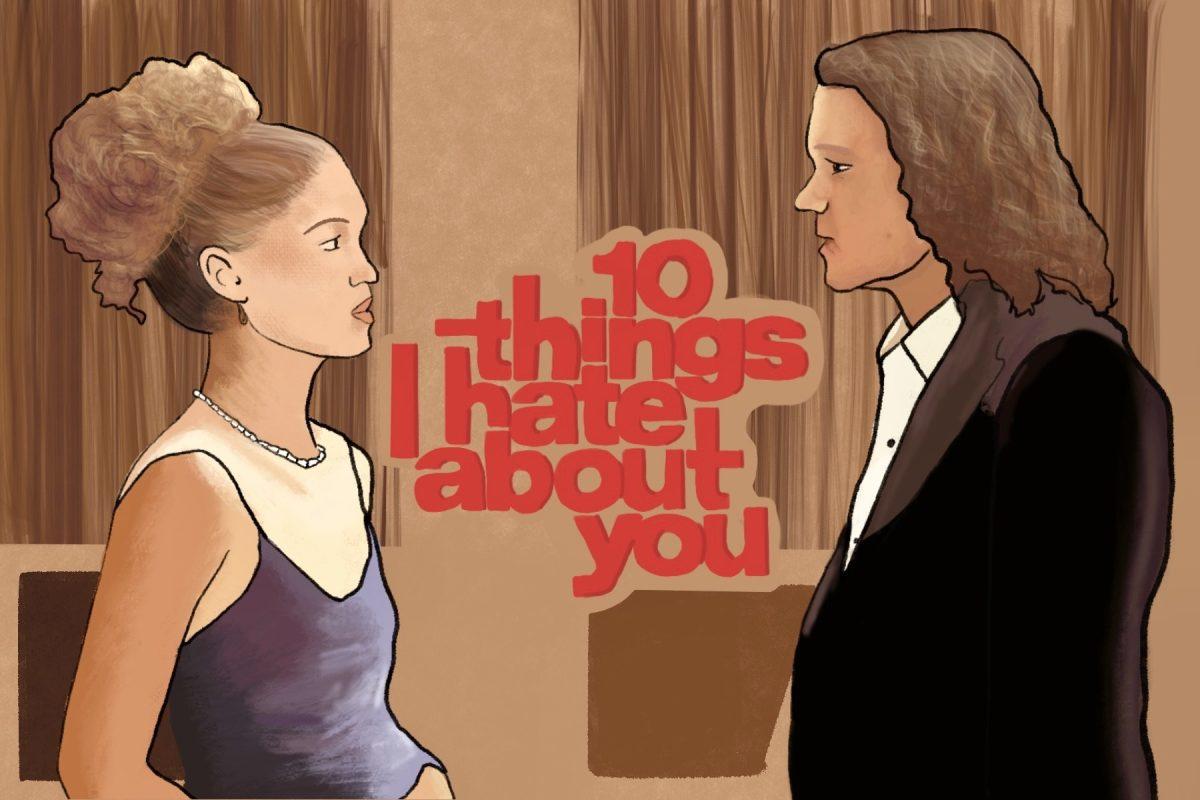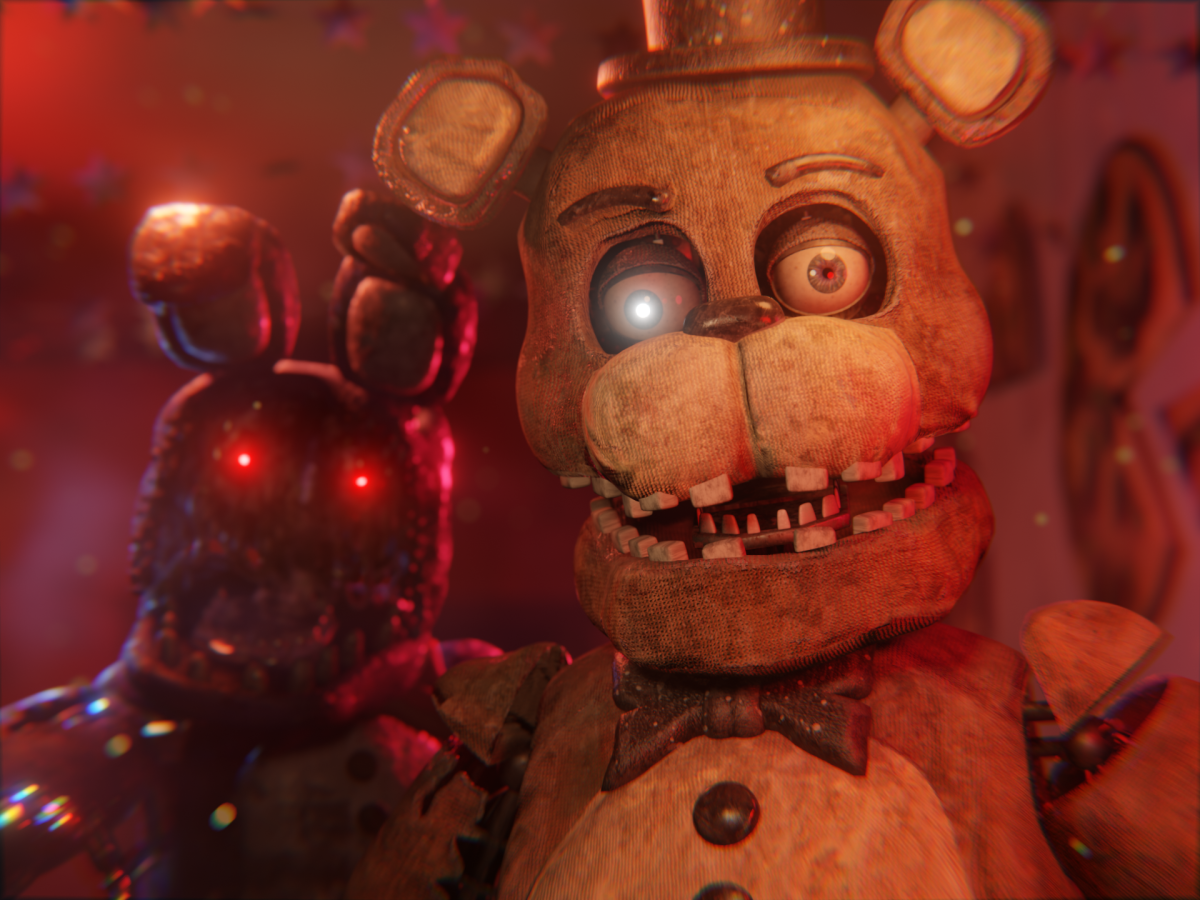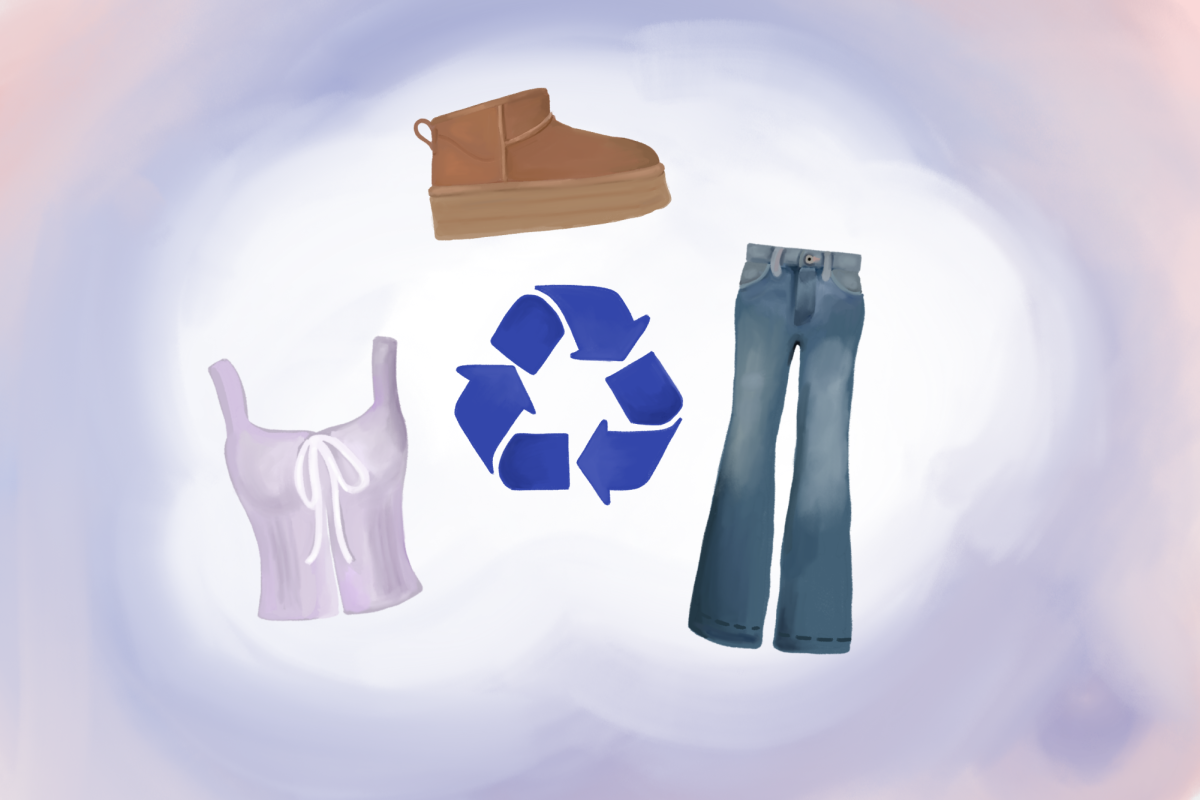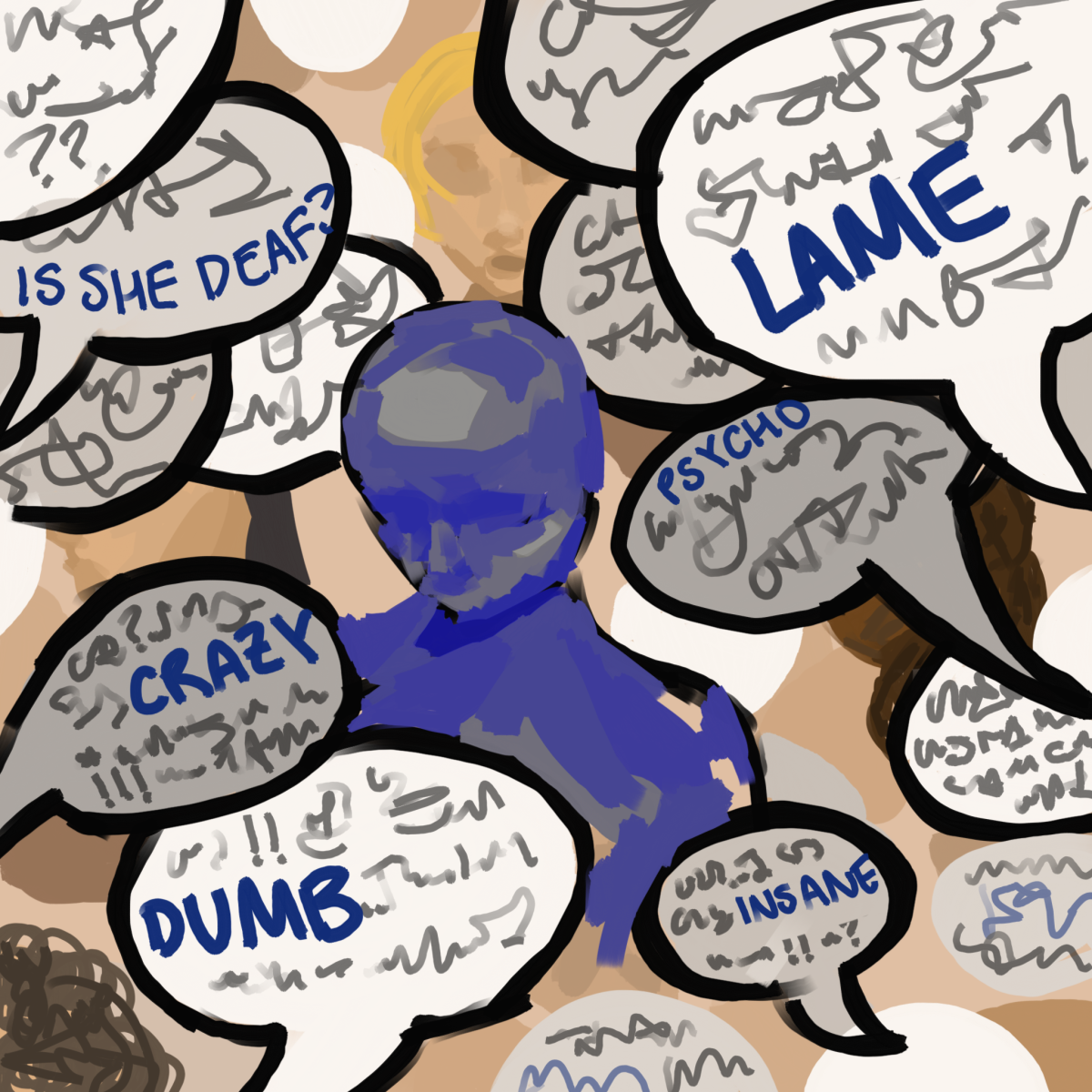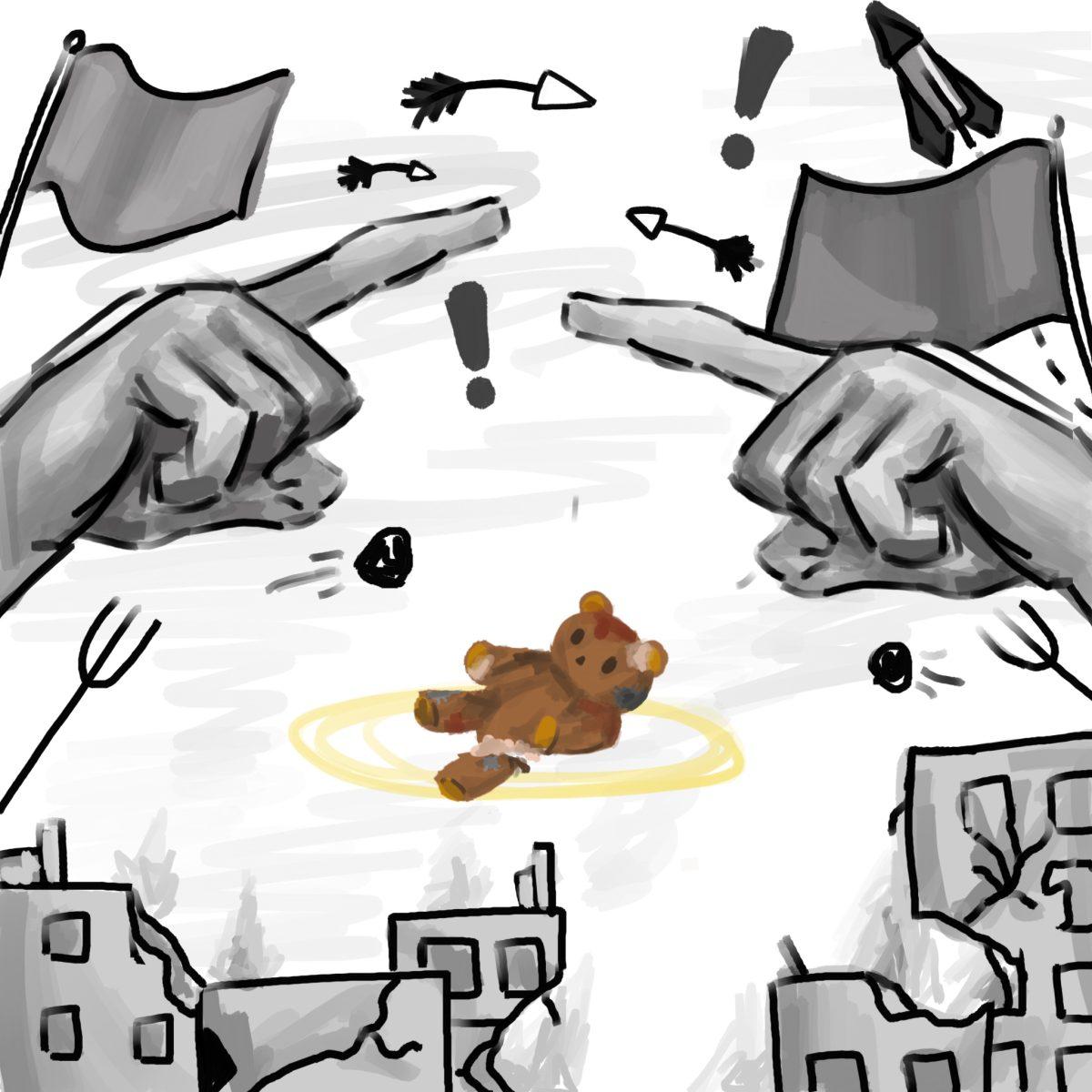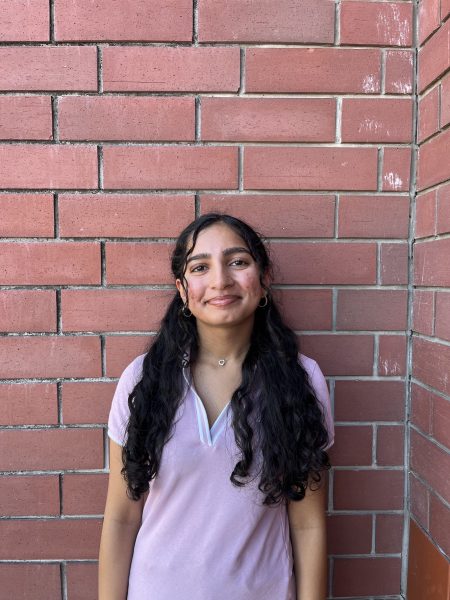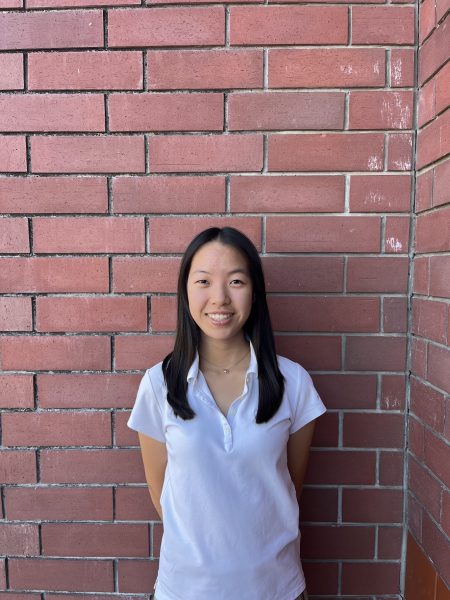Growing up, I absolutely hated the idea of going to get my hair cut. No matter how many times my mother tried to explain the importance of cutting off dead ends or keeping my hair healthy, I remained staunch in my decision. The thought of sitting in a chair for an hour, all while someone snipped away at my hair and commented on just how thick my hair was, seemed sickening. Although these minor remarks may seem harmless, several microaggressions attack curly hair as unprofessional, messy, or frizzy; these perceptions of curly hair only further Western beauty standards and ignore the cultural significance of curly hair itself.
Unfortunately, I am no stranger to bad haircuts. My curly hair was also no easy task for my hairdressers who never learned to cut curly hair. Rather than cutting hair dry, most hairdressers tackle curly hair wet, forgetting that the coils and waves “shrink” the hair— meaning that the end result of only two inches off of wet hair turns into four inches off of dry hair.
Various cosmetology schools across America limit their curly hair lessons to simply straightening textured hair. While straight hair receives lessons on cutting, dyeing, blow drying, styling, and more, curly hair is left out of the mix. Even in 2021, state board cosmetology exams only asked one question about textured hair, and, to add fuel to the fire, the question was about chemical relaxers commonly used on black hair.
Although the 1960s brought about a new wave of black feminism surrounding natural hairstyles, the 21st century still struggles to rid itself of these white supremacist views. Several stylists have never learned about curly hair due to the common idea that straight hair is the beauty standard; rather than accepting curly hair, many stylists view it as something to “fix” with chemical treatments or straighteners.
If cosmetology students do wish to learn about black hair or textured hair, they must learn from their fellow peers, if any of them know in the first place. Once again, this places the responsibility of teaching others about their culture on black people themselves. Although it seems intuitive for all types of hair to be taught in a beauty school, the majorly white industry refuses to expand past European beauty standards.
Aside from the institutional issues stemming from cosmetology schools, various people make “innocent” comments about curly hair without realizing that their views stem from racism. The overwhelming majority of victims who face discrimination against their hair are part of the black community. From calling protective hairstyles “unprofessional” to disrespecting the history behind coils, many white employers do not recognize the weight behind their statements. Dating back to the 17th or 18th century, curly hair has been associated with black men and women who were deemed inferior to white people and white beauty.
Thus, continuing to comment on someone’s curly hair, even in an innocent way, only perpetuates a cycle of inferiority and oppression that black people struggle to break free of today. These microaggressions ignore the cultural and historical significance behind protective hairstyles, such as cornrows on young black girls being used to navigate routes to escape slavery.
Recognizing the various interpretations of a statement can act as a precaution to these microaggressions; remembering that each person comes from a different background provides an empathetic point of view we can use to be more accepting. Creating an inclusive society begins at the individual level, and educating yourself is the first step.




































































